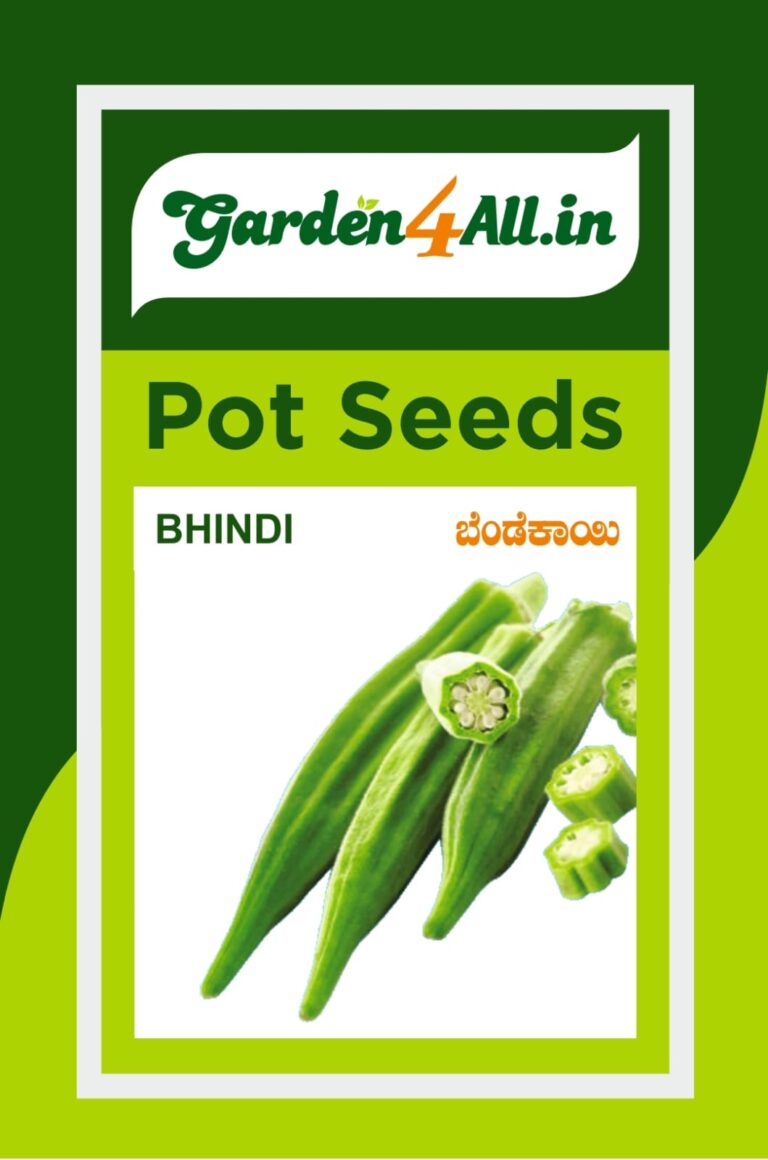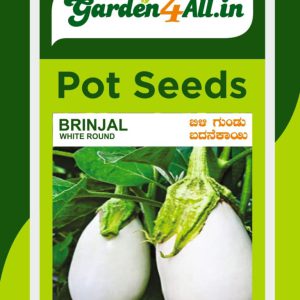Bhindi Okra Seeds (Abelmoschus esculentus)
This product is available for shipping only in Bangalore
Bhindi Okra Seeds , Growing Bhindi Okra is a fulfilling endeavor that can yield delicious pods for various dishes. By following these steps—selecting quality seeds, providing consistent moisture, and managing pests—you’ll enjoy a fruitful harvest. Seed saving allows you to continue growing this versatile vegetable for years to come.
- Estimated Delivery : Up to 3 business days
- Free Shipping & Returns : On all orders over ₹550 in Bangalore








Reviews
There are no reviews yet.